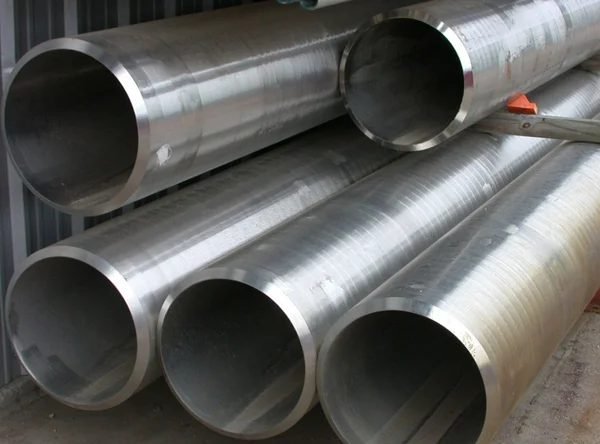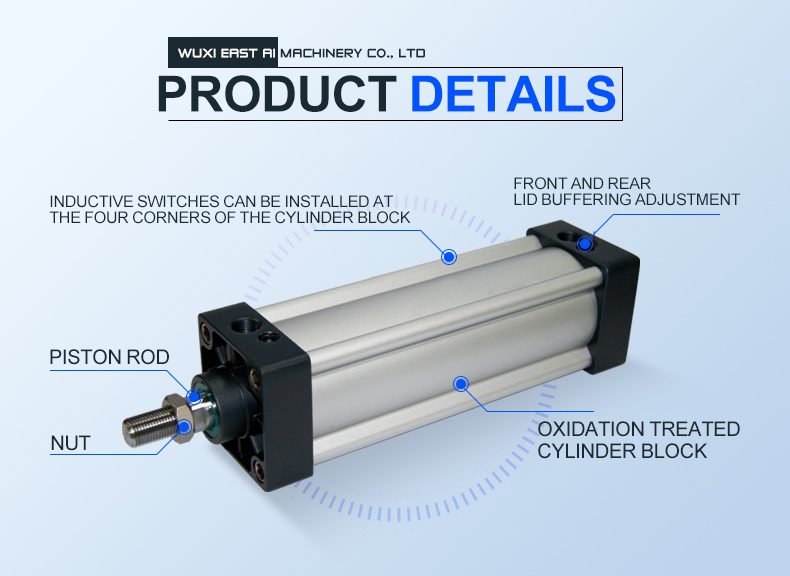Understanding Honed Cylinder Tube Specifications
Honed cylinder tubes are critical in various industries, from hydraulic systems to automotive components. These tubes ensure that mechanical systems run smoothly by providing a perfectly honed interior surface that allows for precise piston movement. In this guide, we’ll explore the detailed specifications of honed cylinder tubes, why these specifications matter, and how they affect performance in different applications.

Why Honed Cylinder Tubes Are Critical in Industrial Applications
Honed cylinder tubes are essential for machinery that requires high precision and smooth movements, such as hydraulic and pneumatic systems. The key lies in their specifications—precise dimensions and surface finishes that help reduce friction and wear while ensuring efficiency and durability.
Key Specifications of Honed Cylinder Tubes
Understanding the key specifications of honed cylinder tubes is vital for ensuring the proper fit and function within a system. Below are the primary specifications to consider:
1. Inner Diameter (ID)
The inner diameter plays a crucial role in determining how well the piston will fit and move within the tube. This precision is measured with tight tolerances to minimize friction and wear. A common range for inner diameters is between 40mm and 500mm, but it can vary based on application needs.
2. Outer Diameter (OD)
The outer diameter is critical for how the tube fits into the surrounding components. The OD ensures stability and integration within larger systems. Standard outer diameters range from 50mm to 510mm, with customization available depending on system requirements.
3. Surface Finish
A finely honed surface finish is critical for reducing friction. Surface roughness is measured in microns, and lower values indicate smoother surfaces. Typically, honed tubes have a surface roughness (Ra) of between 0.2 to 0.4 microns, which ensures minimal resistance and longer operational life.
4. Length
The length of a honed cylinder tube varies according to the system’s needs. Standard lengths can range from 1 meter to 8 meters, with longer custom lengths available for large industrial applications.
Materials Used in Honed Cylinder Tubes
The material used in honed cylinder tubes can significantly affect performance, longevity, and suitability for different environments.
1. Carbon Steel
Carbon steel is one of the most commonly used materials due to its strength and cost-effectiveness. It’s suitable for a wide range of applications, particularly in environments that don’t require extensive corrosion resistance.
2. Stainless Steel
Stainless steel is ideal for applications requiring high corrosion resistance, such as marine or chemical processing industries. It’s slightly more expensive than carbon steel but offers superior durability in harsh environments.
3. Alloy Steel
Alloy steel offers enhanced mechanical properties such as toughness and fatigue resistance. It’s preferred in high-stress environments where other materials might not perform as well.
Manufacturing Process of Honed Cylinder Tubes
The manufacturing process of honed cylinder tubes involves multiple steps to achieve the desired specifications, particularly in terms of surface finish and diameter.
1. Skiving and Roller Burnishing
In this method, material is shaved off from the interior of the tube, followed by a roller burnishing process to smoothen the surface. This method is faster than traditional honing but still provides excellent precision.
2. Honing Process
The honing process involves using abrasive stones to grind and smooth the tube’s interior. Honing allows for tighter tolerances, producing an ultra-smooth surface that is critical for hydraulic and pneumatic applications.
Table: Key Specifications of Honed Cylinder Tubes
To provide a clearer understanding, here’s a breakdown of the typical specifications for honed cylinder tubes:
| Specification | Value Range |
| Inner Diameter (ID) | 40mm – 500mm |
| Outer Diameter (OD) | 50mm – 510mm |
| Surface Roughness (Ra) | 0.2 – 0.4 microns |
| Length | 1m – 8m (custom lengths available) |
| Materials | Carbon Steel, Stainless Steel, Alloy Steel |
Applications of Honed Cylinder Tubes
Honed cylinder tubes are used in a variety of industries, particularly where precise mechanical movements and high-pressure systems are required.
1. Hydraulic Cylinders


Honed tubes are vital components in hydraulic systems, where high-pressure fluids are used to move pistons. The smooth surface ensures efficient piston movement and reduces wear, which is critical in industries like construction and mining.
2. Pneumatic Cylinders
In pneumatic systems, honed tubes guide pistons that move using compressed air. The honed surface is essential to minimize resistance and ensure efficient operation, especially in automation and robotics.
3. Automotive Industry
Honed cylinder tubes are used in shock absorbers, providing smooth operation by reducing the friction between moving parts. This is essential for ensuring a comfortable ride and improving vehicle safety.
How to Choose the Right Honed Cylinder Tube
Choosing the right honed cylinder tube for your application involves understanding your system’s specific requirements.
1. Application Requirements
First, consider the application’s needs—what pressures, temperatures, and loads will the tube handle? These factors will help you determine the required material and dimensions.
2. Material Selection
The material you choose should be based on the environmental conditions. For example, stainless steel may be necessary for corrosive environments, while carbon steel might suffice for general industrial use.
3. Size and Surface Finish Specifications
Ensuring that the inner diameter, outer diameter, and surface roughness meet your application’s specifications is critical. Any deviation can lead to inefficiencies and increased wear on the system.
Why Specifications Matter for Optimal Performance
The specifications of honed cylinder tubes—such as inner and outer diameter, surface finish, length, and material—are crucial for ensuring optimal performance in hydraulic and pneumatic systems. Getting these specifications right means reduced friction, extended lifespan, and improved efficiency of your system.

